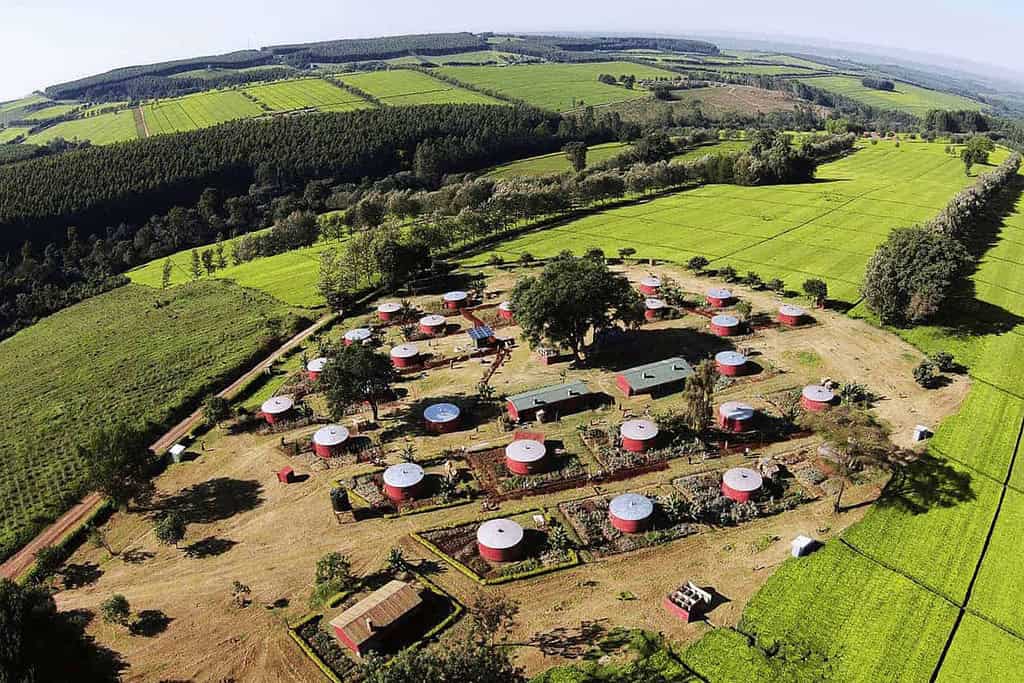Doubling Down on Mini-Grids: A Call to Action

- Blog
- Energy
“Mini-grids won’t work.” “The capital costs are too high.” “Mini-grids are not economically viable.”
For years, mini-grids have been met with skepticism. While they still have a lot to prove, they shouldn’t be overlooked, especially when it comes to low-income customers. According to the International Energy Agency, mini-grids are the cheapest technology for connecting at least 30 percent of the world living without electricity. At Acumen, we believe in the power of mini-grids and have joined a number of investors, from CrossBoundary to Shell, putting capital behind companies we believe can put an end to the cynics.
Earlier this year, we invested in PowerGen, the largest mini-grid company in Africa with more than 61 sites across the continent. At PowerGen, “customer is king” and that starts with making connections affordable to low-income customers. A connection thru PowerGen will cost $10-20 upfront compared to the $150-$350 Kenya and Tanzania’s utility companies charge. PowerGen has already connected more than 10,000 customers and plans to reach 50,000 over the next five years. What’s exciting to us is that PowerGen has the highest poverty focus of all the companies in our energy portfolio, challenging the notion that mini-grids are out of reach for the poor.
While PowerGen is proving to have a model that works, we realize that for mini-grids to become sustainable, we need to tackle the issue of subsidies. Although we have seen great progress on regulation in countries like Nigeria, the current economics of investing in the vast majority of rural mini-grids are not viable without subsidization.
As PowerforAll has continued to stress, “rural electrification has always required subsidy.” When serving low-income customers spread across rural, villages and communities, the costs to connect can be high and revenues from rural customers typically do not cover those costs. Subsidies can help cover those costs. Access to electricity has been subsidized for rural consumers in virtually every part of the world, so why not Africa?
We are calling on governments and donors to recognize mini-grids as a sustainable solution and to support effective financing programs that subsidize rural mini-grid connections. The new technologies and business models emerging from mini-grid companies are undoubtedly improving the economics of rural electrification. They are taking the lead on sourcing high-quality, low-cost technology, mobilizing pools of private capital, educating customers and building local talent, and partnering with appliance companies to drive energy demand.
If mini-grids continue to advance at this level, subsidies won’t likely be necessary in the future. But, today, they are required for the industry to reach scale and address the obstacles of electrifying sub-Saharan Africa. Solar PV and onshore and offshore wind have shown how effective market-stimulating policies can attract private investors, drive down costs and scale to meet certain objectives related to climate change or universal electrification. For example, in 2000, 1.3GW of solar operated globally and solar PV panels cost $3 per watt. Today, thanks to falling technology costs and effective subsidy programs in countries like China, Japan, Germany, and the US, over 400GW operate globally and modules cost less than $0.4 per watt.
As an early-stage investor, we are part of the capital stack needed to invest alongside subsidies to put an end to the narrative around mini-grids and deliver power to those communities that need it most. We, along with our peers, stand ready to work with donors and governments to design subsidies that will unlock the capital critical to bring electricity to all.